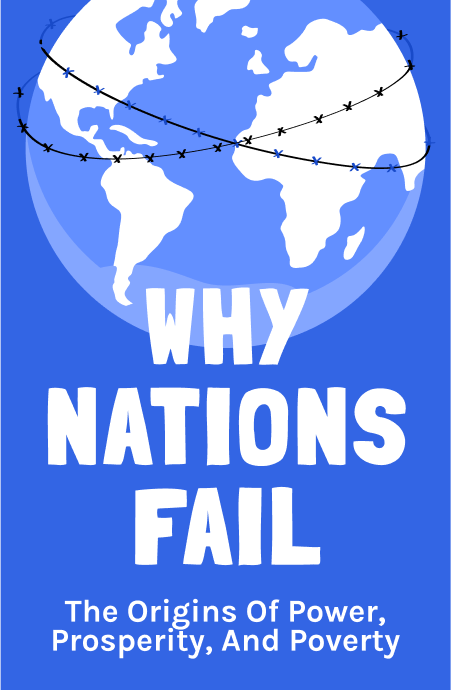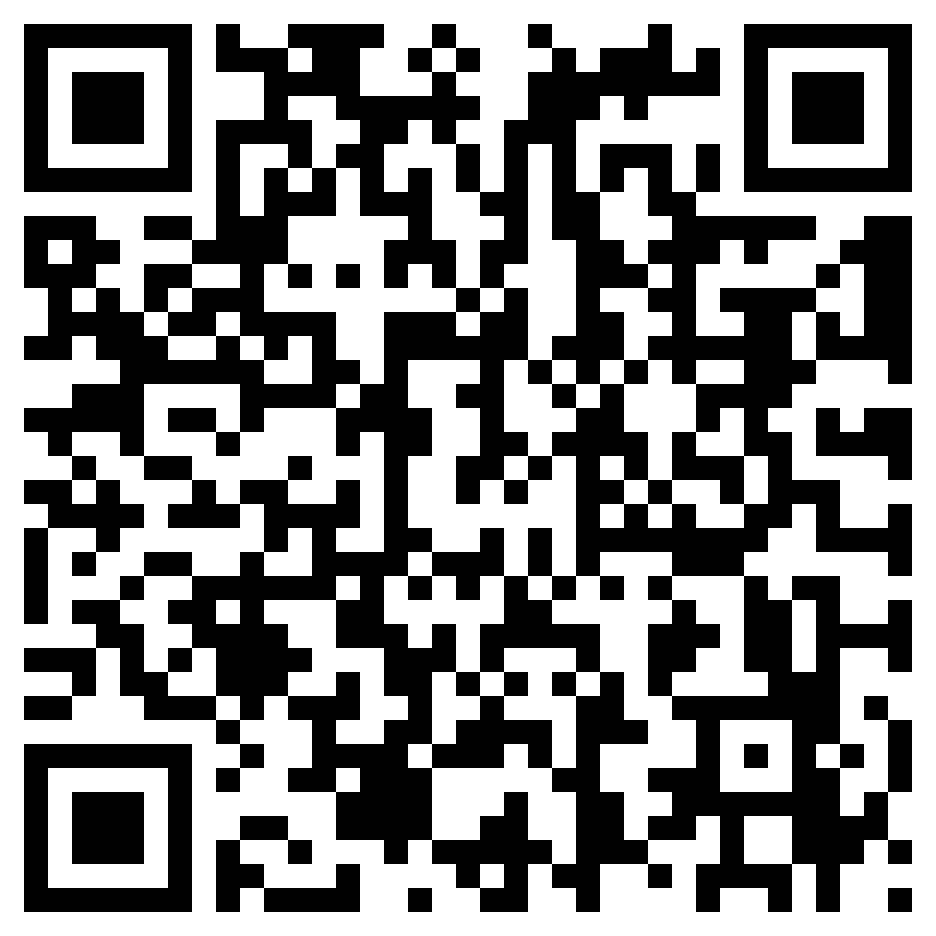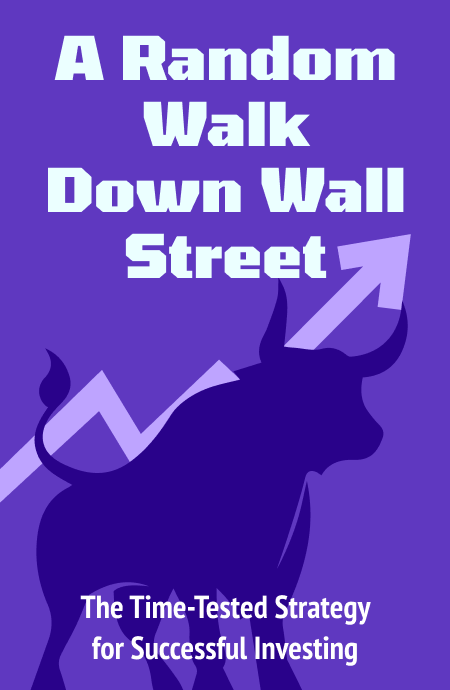Lesson 1 – The pattern of Economic Institutions determine the Levels of Development
Economic institutions refer to a set of well-established structures and agencies that deal with the financial transactions and economic administration among people and societies. There are two variants of economies that determine the levels of development of the nation-states, known as inclusive and extractive. These two variants are dependent on the pattern of economic institutions.
Inclusive economic institutions include market economy, safeguards to property rights, incentives, and reassurance to businesses. This institutional setup creates an environment where innovative and entrepreneurial ideas are encouraged and enable larger portions of the population to indulge in economic activities. And any hindrances to economic freedom are removed to allow for the introduction of new business and entrepreneurial activities. Long-term investments are encouraged by taking sufficient policy initiatives to incentivize risk-takers.
On the other hand, extractive economic institutions represent a drastic one-eighty degree turn from the inclusive economic institutions. These institutions are not conducive to economic growth as such. They lack a scheme of incentives and safeguards and stunt economic growth due to the conservative pattern of economic structures. The economic institutions serve to further the interests of the privileged, the few, or the elites. The elites exploit the wealth generated by the masses by appropriating it and seek power to maintain the status quo.
Inclusive economic institutions are marked by the possibility of transition from archaic modes of production to newer and efficient means of production. It is referred to as creative destruction, as exemplified by the Industrial Revolution. In an extractive institutional setup, the elites try to preserve the existing mode of production as their interests are vested in maintaining the status quo.
The introduction of new technologies and newer modes of economic structures generate the following categories of people:-
- Economic losers are those who will lose the economic monopoly that they previously enjoyed.
- Economic winners will constitute the larger masses who were previously deprived of pursuing economic ventures.
- Political losers include the elites and the monopolists of political power who had complete dictatorial control over the institutions of the state.
- Political winners constitute the masses who were deprived of political rights will now enjoy political freedom with appropriate rights attached to pursue their goals and make demands upon the state for support and protection.
Lesson 2 – Economy-Politics Nexus
Economic institutions and political institutions are intrinsically related to each other. The pattern of political power largely determines the design of economic structures
Unlock Knowledge with Wizdom App
Explore a world of insights and wisdom at your fingertips with the Wizdom app.
 1 Million+ App Download
1 Million+ App Download  4.9App Store Rating
4.9App Store Rating 5000+Summaries & Podcasts
5000+Summaries & Podcasts
Reviews for Summary of Why Nations Fail
Unlock Why Nations Fail Lessons!

- Lesson 1 – The pattern of Economic Institutions determine the Levels of Development
- Lesson 2 – Economy-Politics Nexus
- Lesson 3- Teachings of the Past
- Lesson 4- Minor Differences lead to Drastic Outcomes
- Lesson 5 – The Doom of the Vicious Circle
- Lesson 6 – Democratization and Institutional Change
- Lesson 7 – An Alternative Approach
FAQs
In the summary of Why Nations Fail book, there are 7 key lessons. These lessons include:
- Lesson 1 – The pattern of Economic Institutions determine the Levels of Development
- Lesson 2 – Economy-Politics Nexus
- Lesson 3- Teachings of the Past
- Lesson 4- Minor Differences lead to Drastic Outcomes
- Lesson 5 – The Doom of the Vicious Circle
- Lesson 6 – Democratization and Institutional Change
- Lesson 7 – An Alternative Approach








